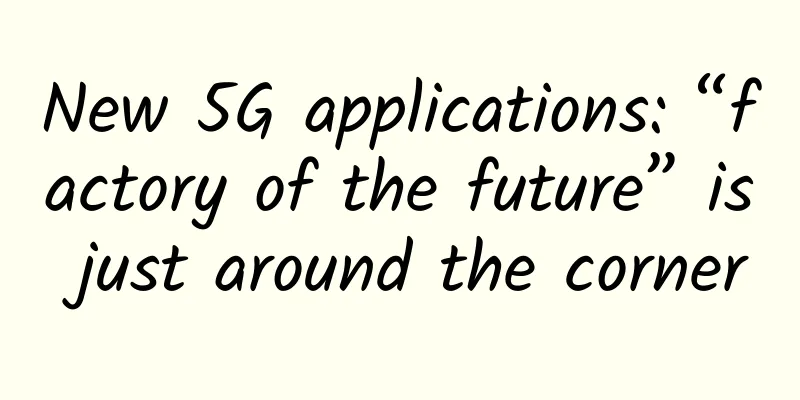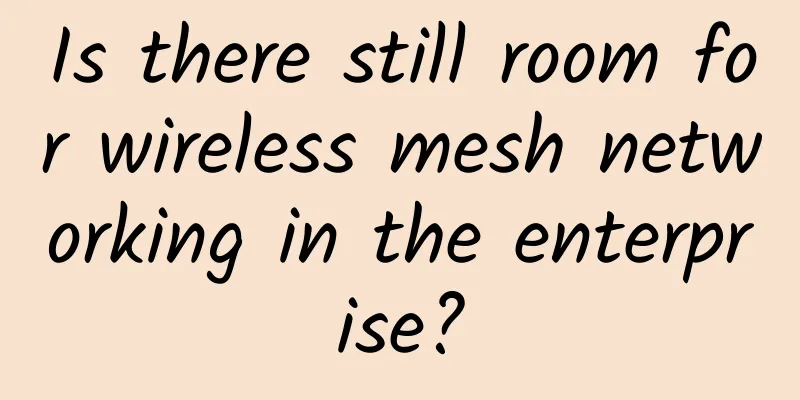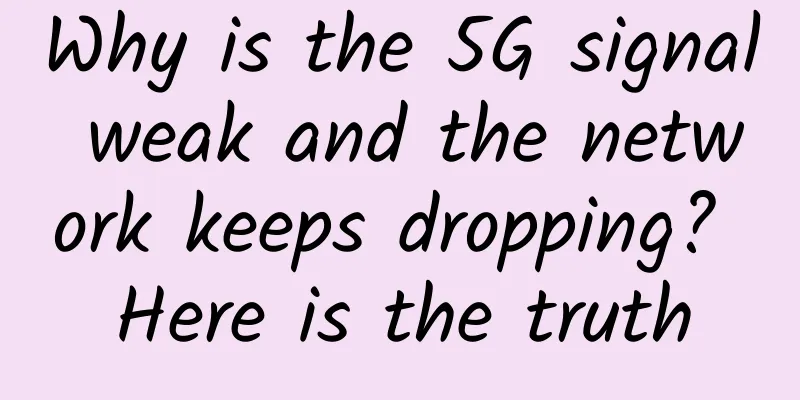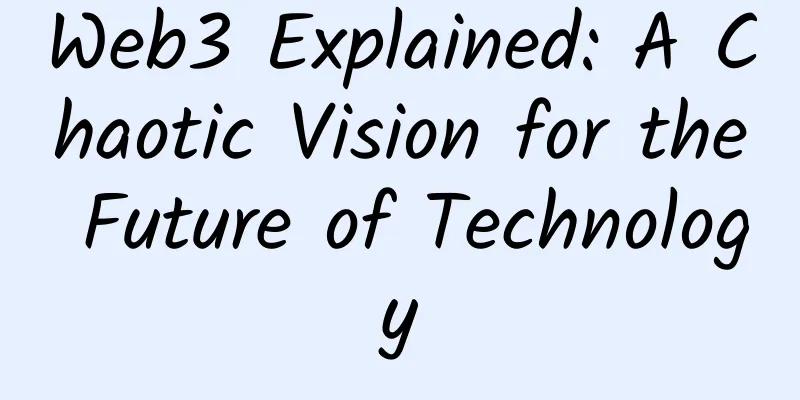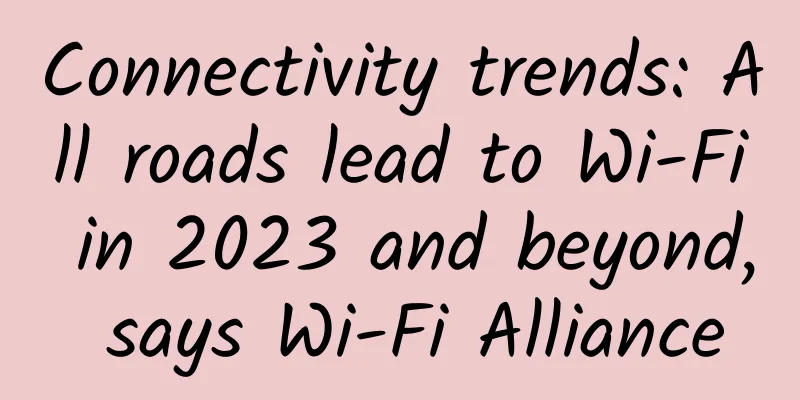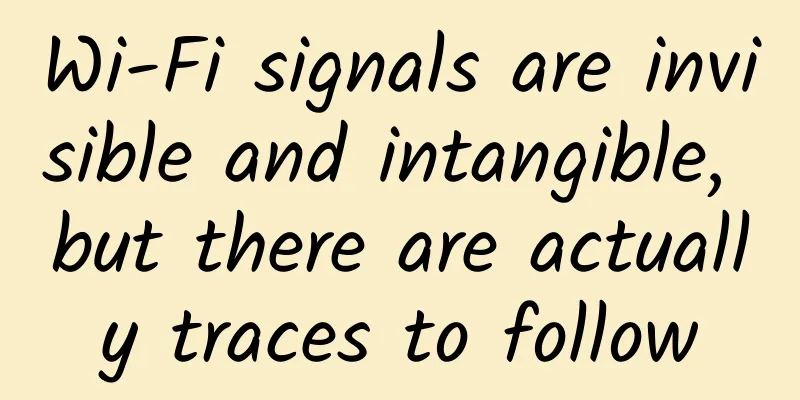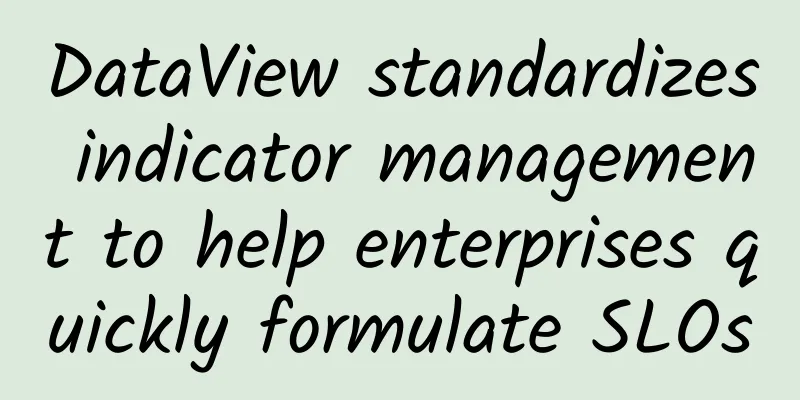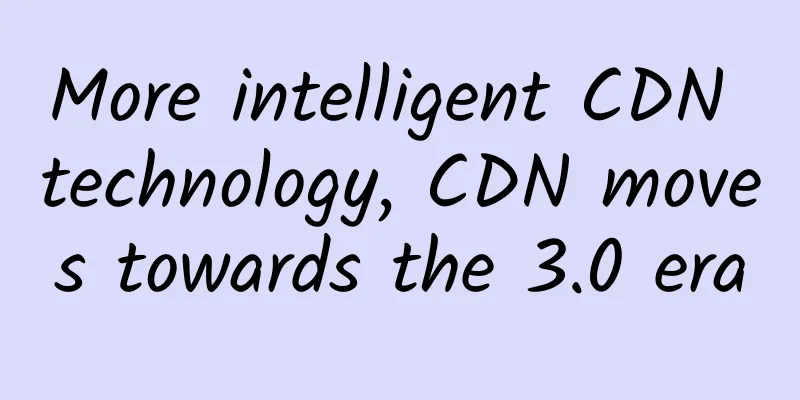Let's talk about the love and hate between Socket, WebSocket and MQTT
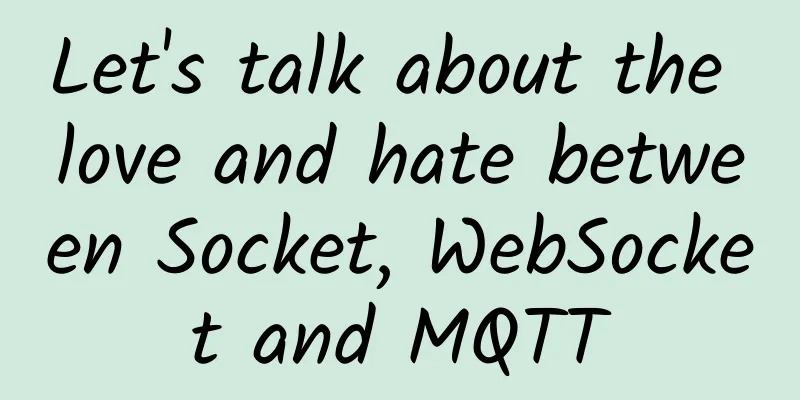
|
In the field of network communication, Socket, WebSocket and MQTT are three common protocols, each of which has different characteristics and advantages in application scenarios, communication models, message delivery methods, etc. This article will explore the differences between these three protocols in depth to better understand their application in network communication. 1. SocketDefinition and characteristicsSocket is an encapsulation interface of the TCP/IP protocol family, which provides the ability to connect to the network and allows applications to communicate through a specified transport layer protocol (TCP or UDP). Socket itself is not a protocol, but a calling interface (API), through which we can use the TCP/IP protocol for network communication. Communication ModelSocket supports point-to-point communication model and can be full-duplex, that is, the client and server can send and receive data at the same time. When TCP is used to establish a connection, the Socket connection is regarded as a TCP connection. Application ScenarioSocket is widely used in the development of various network applications, including real-time communication (such as chat applications), file transfer, online games, etc. It is the basis of network programming and the core technology for implementing distributed systems, network services and real-time applications. 2. WebSocketDefinition and characteristicsWebSocket is a full-duplex communication protocol over a single TCP connection, designed for web applications to replace the traditional HTTP polling method. WebSocket allows bidirectional, real-time, low-latency data exchange between browsers and servers. Communication ModelWebSocket implements full-duplex communication, that is, the client and server can send messages to each other at the same time. Once the WebSocket handshake is successful, the connection will remain open until explicitly closed, reducing the overhead of frequently establishing and destroying connections. Application ScenarioWebSocket is mainly used in Web applications that require real-time, two-way communication, such as instant messaging, real-time quotes in financial markets, news push, IoT device monitoring, etc. It provides an efficient real-time data exchange mechanism, enabling Web applications to build more dynamic, interactive, and responsive services. 3. MQTTDefinition and characteristicsMQTT (Message Queuing Telemetry Transport) is a lightweight message transmission protocol designed based on the publish/subscribe model and widely used in the field of Internet of Things. MQTT uses the TCP/IP protocol stack for communication and can efficiently transmit messages between different devices and platforms. Communication ModelMQTT adopts the publish/subscribe message mode. The publisher publishes the message to a topic, and the subscriber subscribes to the topic. When a new message is published to the topic, all subscribers who have subscribed to the topic will receive the message. This mode decouples applications and improves the flexibility and scalability of the system. Application ScenarioMQTT is particularly suitable for IoT scenarios, such as smart home, smart transportation, smart manufacturing and other fields. It supports communication on low-bandwidth, unreliable networks, and guarantees the reliability and delivery order of messages through QoS (Quality of Service) levels. MQTT also provides features such as reserved messages and will messages, which improves the reliability of communication and the robustness of the system. SummarizeSocket, WebSocket and MQTT each play different roles in network communication. As the basic interface of network communication, Socket is widely used in various real-time communication and file transfer scenarios; WebSocket provides an efficient real-time two-way communication mechanism for Web applications, suitable for applications that require real-time data exchange; MQTT focuses on the Internet of Things scenario and realizes efficient message transmission between devices through the publish/subscribe model. Understanding the characteristics and application scenarios of these protocols will help us choose the appropriate communication protocol in actual development to meet different needs. |
<<: Implementing P2P video streaming using WebRTC
>>: Ethernet VS PON network: Which one is more suitable for enterprise campuses?
Recommend
Tudcloud: Hong Kong VPS with 20% off for monthly payment and 30% off for half-year payment, with options of large bandwidth or unlimited traffic
Tudcloud has released a year-end discount, offeri...
iWebFusion high-end servers start from $49/month, 4-40 core CPU, 384G memory, NVMe hard drive, 1-10G bandwidth, multiple computer rooms in Los Angeles and other places
We often share the VPS hosting information provid...
The Experience Economy is in Full Swing: Aruba Drives the Intelligent Digital Workplace
Under the wave of mobility and digitalization, th...
Enterprises generally believe that 5G has great potential but still face cost and security pressures
Early on February 27, a new global study by Accen...
Do you understand these IPv6 issues?
[[348221]] 1. We are currently using IPv4 network...
5G and edge computing, how to choose?
With emerging trends like 5G and edge computing, ...
How to identify the protocol of an unfamiliar CAN network?
In a CAN network, all nodes share a bus for data ...
Worth learning! 10 good habits of network administrators
【51CTO.com Quick Translation】I have been a comic ...
From the industry, to the industry | Huawei's China Government Business "knowledgeable" image is officially released
On June 22, Huawei China Government Business offi...
Why enterprises should pay close attention to Wi-Fi 7
Industry experts predict that the latest Wi-Fi ve...
Redis actually has a custom network communication protocol?
[[385171]] All network communications require bot...
Master the knowledge of optical modules in one article and become a necessary skill for network engineers
In this era of information explosion, data transm...
5G, 6G and immersive technologies: Unlocking a better future through hyperautomation
As the world becomes increasingly connected and t...
